
Outcomes from a Landscape Academy course
Participants of the Restoration Stewards and GLFx initiatives of the Global Landscapes Forum (GLF) from Africa, Southeast Asia and South America were among participants trained in how to initiate, build and strengthen collaborations with stakeholders for accelerating landscape restoration through a Landscape Academy course – the first in a series.
Twenty-four participants received certificates after concluding the six-week course, which was organized by the GLF in collaboration with the Wageningen Centre for Development Innovation at the Wageningen University & Research in the Netherlands.
Key objectives of the course, entitled “Facilitating multistakeholder collaborations in landscapes,” included developing a stronger understanding of how to use multistakeholder landscape partnerships in the context of landscape restoration. The course emphasized the importance of multistakeholder collaboration as “a cooperative arrangement between a variety of actors that jointly engage in a process of dialogue and action to solve a specific problem.”
The training included two online sessions per week, each lasting two hours. Participants came from Argentina, Benin, Cameroon, Colombia, Costa Rica, El Salvador, the Gambia, Ghana, Indonesia, Kenya, Malawi, Nigeria and South Africa, and they work in landscapes ranging from mountains and forests to peatlands, wetlands and oceans.
Participants described the program as being “highly interactive, representing a shared learning experience.” For anyone who works at the grassroots level, understanding and applying multistakeholder platforms is “very valuable…it enables you to comprehend how best you can work with different relevant partners,” said one participant. Another said the course expanded their knowledge and understanding of local landscapes and the dynamics surrounding stakeholders who live there.
Course participants who are active at the local level are undertaking critically important work, because “change has to happen on the ground, and it must be immediate,” rather than waiting for government leaders and senior officials to take restoration action, John Colmey, managing director of the GLF, told course participants. GLF is ready and willing to support such projects by providing the international platforms that showcase their important work, he added.
“You are the people in the landscapes. You are the people who can make a difference,” Colmey said during a training session. “You make it happen, and then we can support you in working out how you can scale up your project.”
During the interactive sessions, participants frequently worked together in smaller break-out groups, discussing theory and applying such tools as landscape mapping that can help them to assess complex issues involved in facilitating collaborations within a landscape. The sessions also helped them better understand the drivers behind the challenges they face, the stakeholder dynamics, spatial planning, and how to address power imbalances and better involve all stakeholders in project development processes.
Participants studied how to apply evidence to design, facilitate and monitor progress of multistakeholder processes in landscape restoration initiatives, available tools and their uses, and analyzing and designing actions with regard to multistakeholder issues in their landscapes. They also learned how to develop integrated and inclusive landscape restoration action plans suited to local contexts.
An important element of the training was learning how to conduct a stakeholder analysis in a landscape, in order to understand who the main stakeholders are, the context in which these stakeholders and project leadership work, what expectations exist, and current power relationships among the stakeholders.
Such analyses are valuable because they tap into the intimate knowledge and experience that local people have of their communities, including who the various actors are, their history and the context of a landscape. That allows the facilitator to better understand what is happening in a community, why situations are the way they are, how to help draw connections and strengthen and expand networks, and how to balance individual needs with those of the community.
As part of their final assessment, participants used their new multistakeholder facilitation skills to design and plan a project in their local communities. For example, one participant described a project in Benin involving collaboration with local youth to promote the cleanup of public sites. In another example, a course participant outlined work in Cameroon, where collaborative platforms were used to engage with various stakeholders in land restoration, particularly tree planting.
The Landscape Academy brings together relevant online and offline learning opportunities and helps future landscape professionals build their knowledge and shape their careers. Courses include Landscape governance, landscape leadership, climate change adaptation in biodiverse landscapes, Food and Nutrition Security in Urbanizing Landscapes; Landscape Finance: Investing in Innovation for Sustainable Landscapes; and Human Rights, Environmental Protection.
GLFx is the digital platform for the Global Landscapes Forum community.



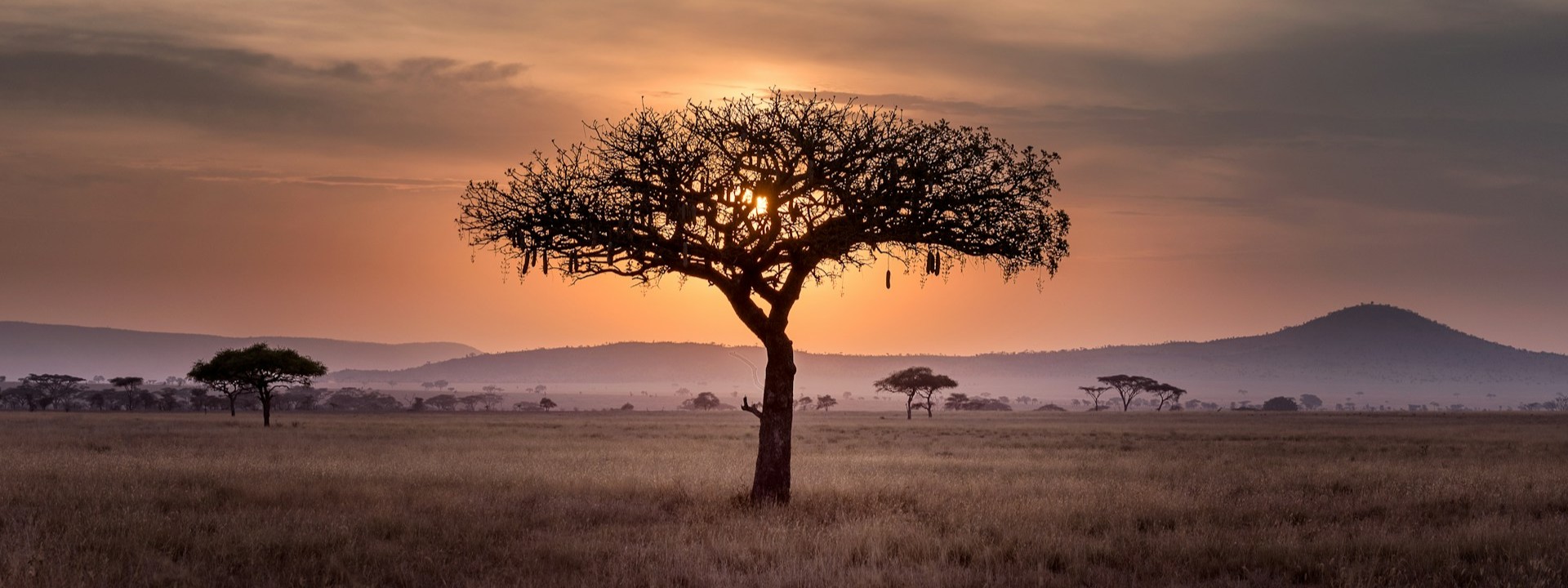
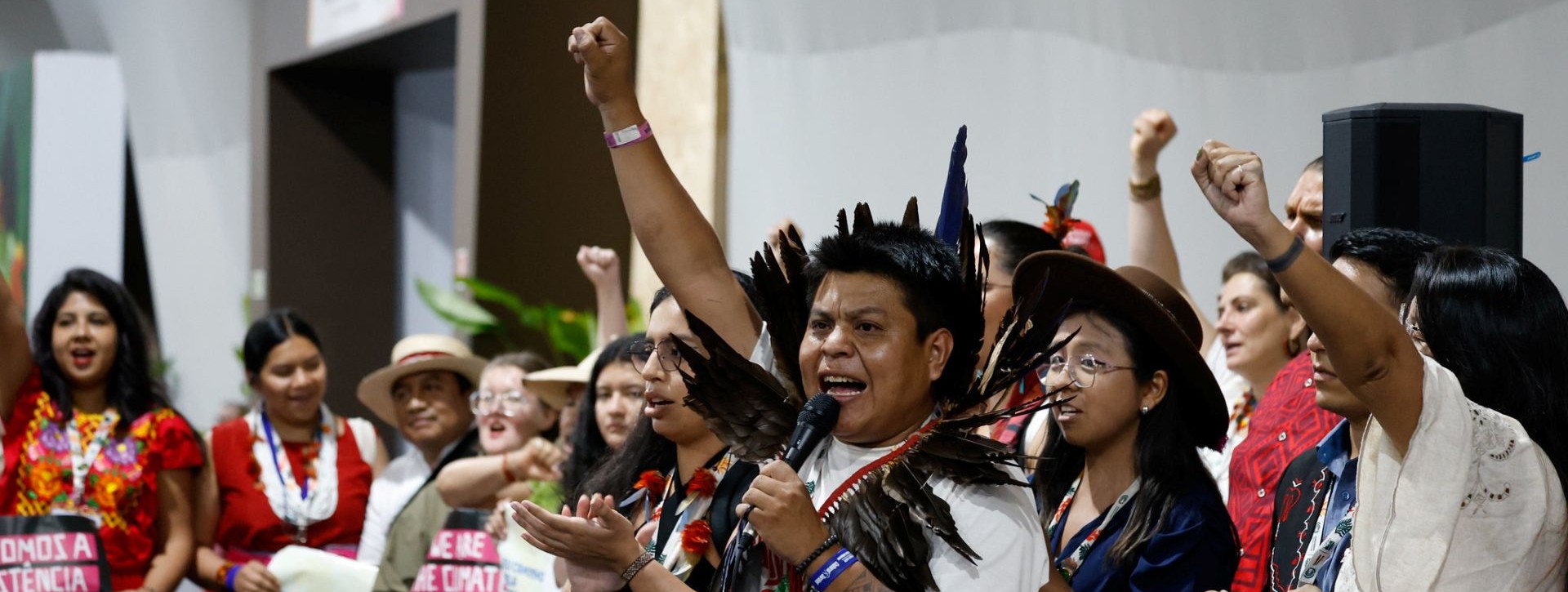
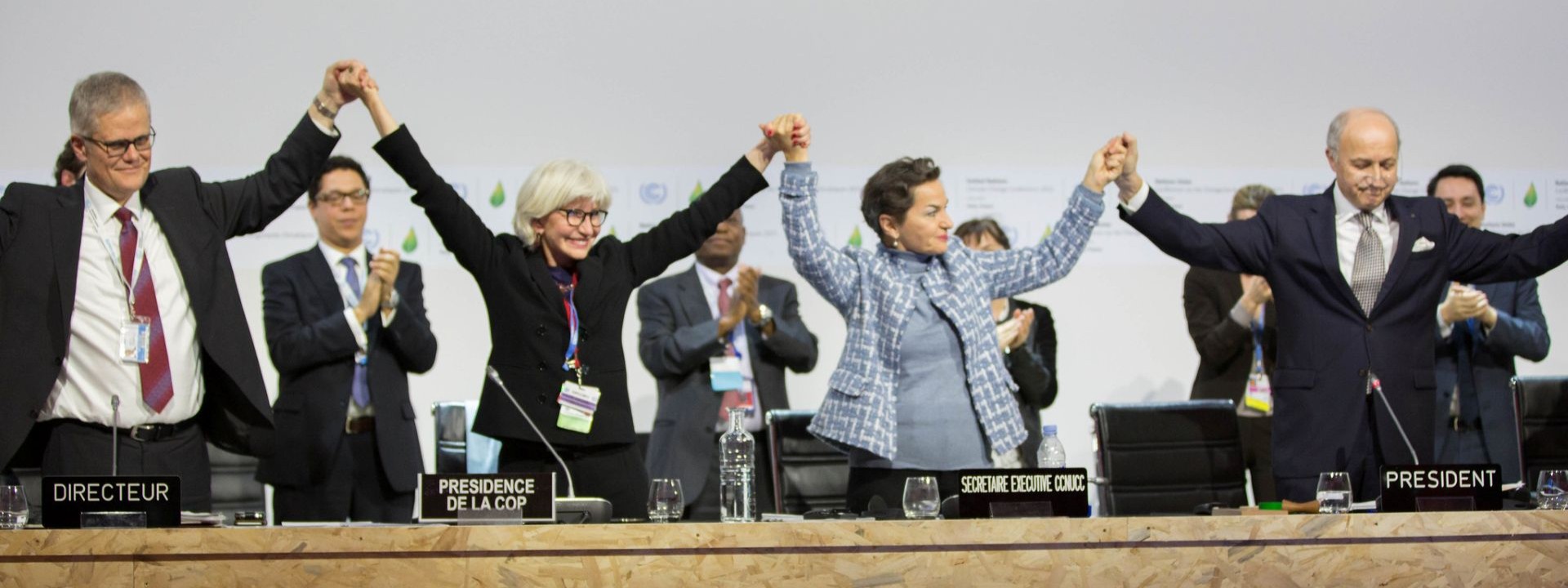
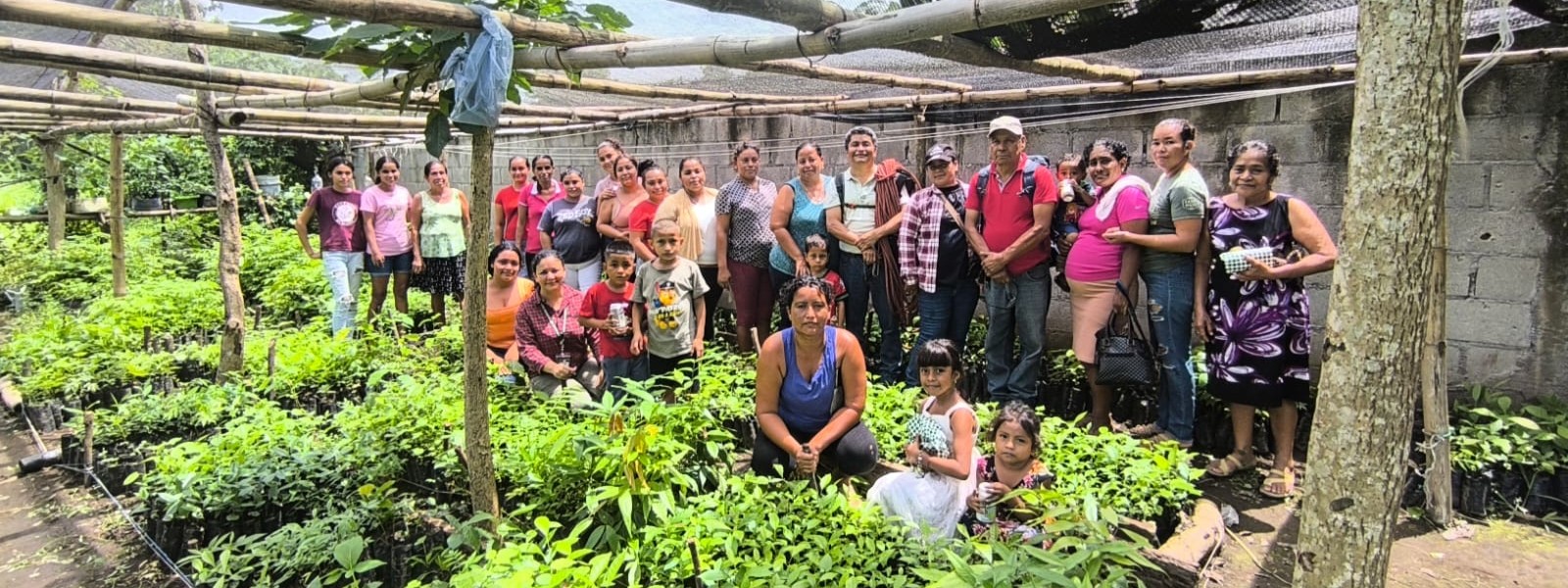
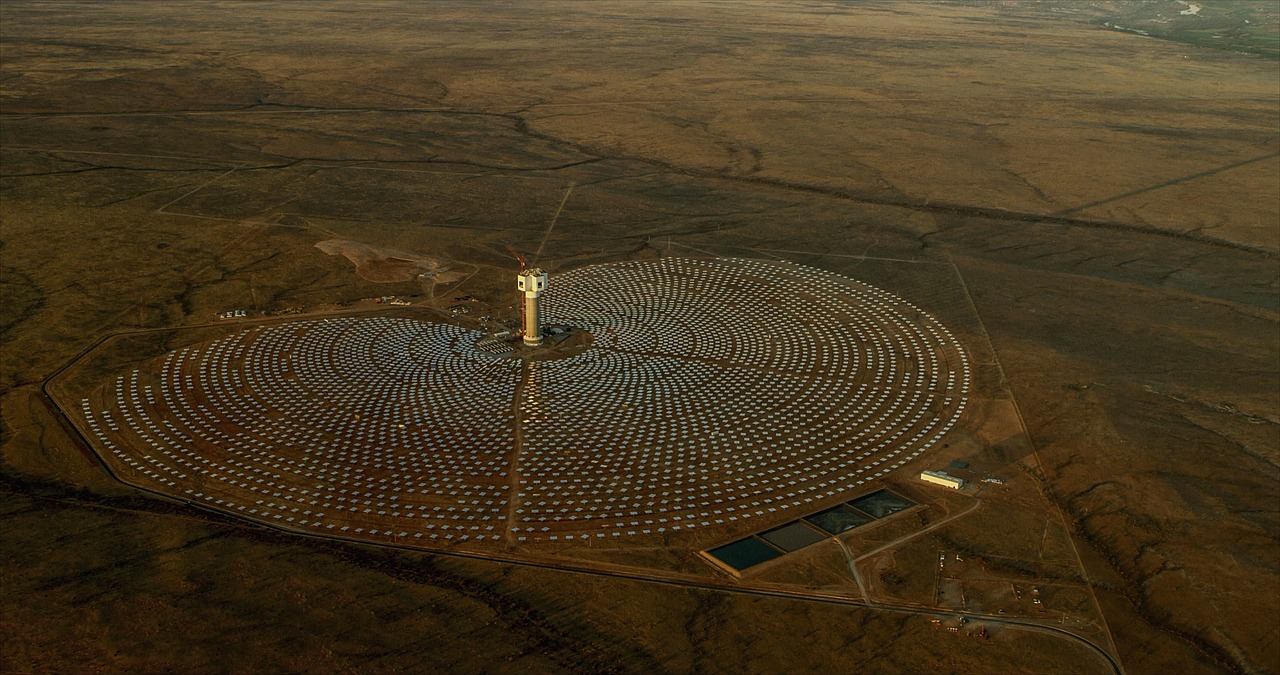
Share your thoughts with us